
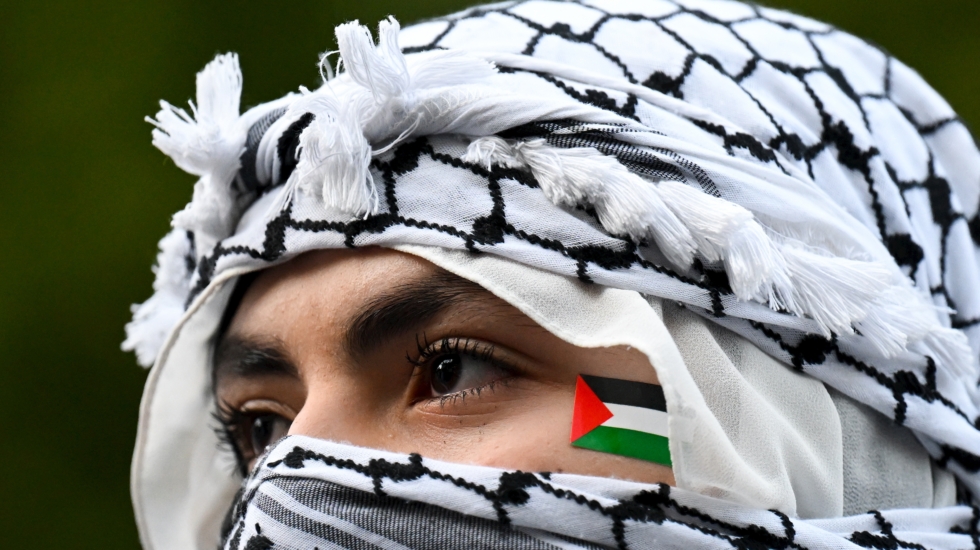
Protest against the occupation of Palestine in Canberra.
The outbreak of the conflict between Israel and Hamas has made the whole planet again interested in the situation in the Gaza Strip. But understanding what is happening is not easy. The backpack contains 75 years of conflict between Israelis and Palestinians, decades of social and political upheaval. which concern all countries of the Middle East. And this leads to the fact that many terms are intertwined and confused.
First of all, it is important to define what Palestine is, an independent state for more than 130 countries, but which is not officially recognized by either the EU or the United States. It includes the West Bank and Gaza Strip regions.
AND At the political level this is real puzzle. There are a large number of political parties and organizations that have played a significant role in Palestinian history. And now they also play a key role in the new conflict. Some cooperate with each other, while others are at odds. It is this lack of unity that is one of the biggest obstacles for the Palestinians. And this is why it is wrong to equate Hamas with Palestine: it is just another political option.
To understand this change, you have to go back to 1993. That year the Prime Minister of Israel Isaac Rabinsigned a number of peace treaties with the then Palestinian leader. Yasser Arafat. The agreements known as the Oslo Accords stipulated the creation of a new entity – the Palestinian National Authority (PNA)., which was supposed to unite all Palestinians and act as a government in both the West Bank and Gaza Strip. In 2013, the PNP was officially renamed the State of Palestine and is now considered the only official government in the country.
But In the 2006 parliamentary elections everything collapsed. Hamas took control of the Gaza Strip and expelled the Palestinian National Authority. Meanwhile, the West Bank remained under the command of Fatah, another political party that rules the region through the PPP. A rift that has deeply divided Palestinian politics and society ever since.
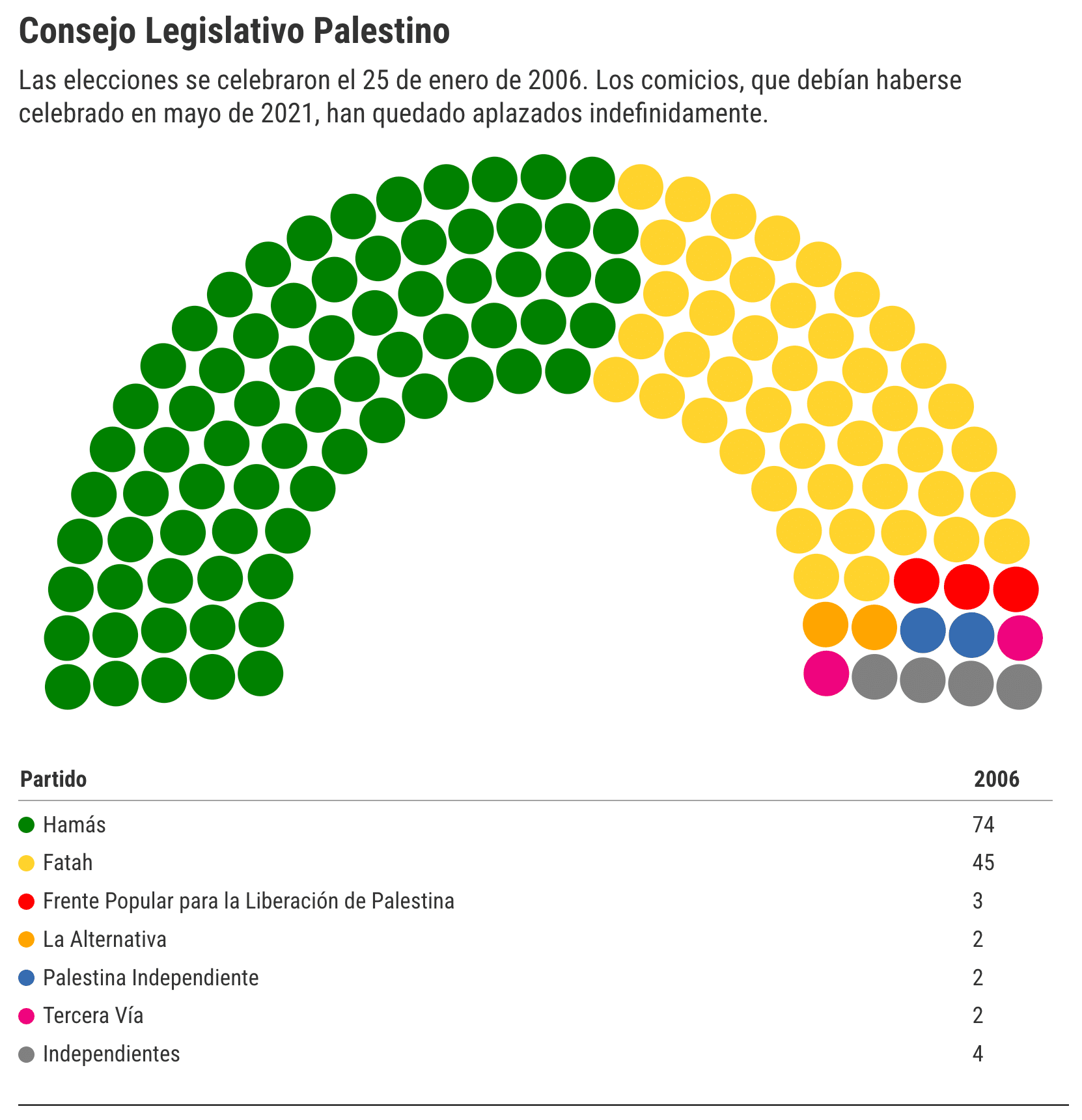
More than three decades later, the situation has reached a dead end. Elections have been postponed again and againat the height of the conflict between Fatah and Hamas. And to this is added the intervention of Israel, which exercises total control over Palestine. These two factors mean that elections cannot be held with full democratic guarantees. That is why today we must continue our review of the Palestinian Legislative Council, which was formed in 2006. That year, seven political parties gained representation, and a further four seats were won by independent candidates.
Hamas
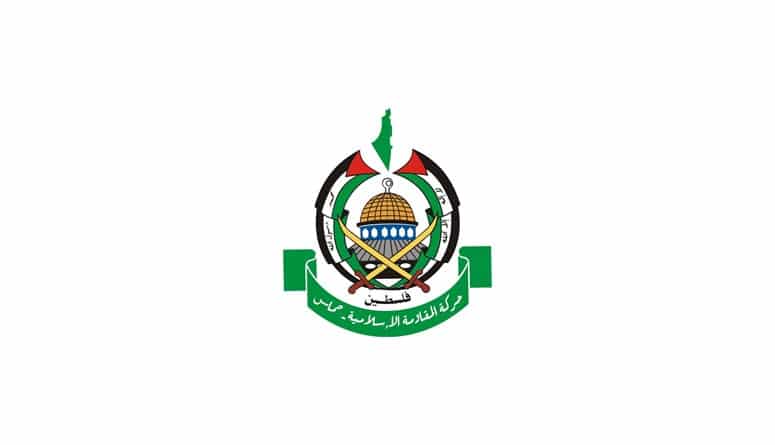
Hamas was born in 1987 during the First Intifada against the Israeli occupation of the West Bank and Gaza Strip. It currently has between 20,000 and 25,000 fighters, according to the US government.. Considered to be the Palestinian branch of the Muslim Brotherhood, an Egyptian organization that was founded as an Islamic teaching society but over time evolved into a political movement calling for the purification of Islam and the creation of an Islamic state in Egypt.
Armed wing of Hamas Ezzedine al-Qassam Brigades, was responsible for the unprecedented attack on Israel on October 7. But his political hand has ruled Gaza since 2006, when won the election with 44.45% of the vote, giving 74 seats. The organization does not recognize the existence of Israel and promises to replace the Jewish state with a Palestinian state through armed struggle. That is why it is classified as terrorist by a dozen countries, including the US, as well as the EU.
However, in 2016 the organization committed to recognizing the State of Israel with certain conditions. “We are ready to accept the state on the 1967 border with Jerusalem as our capital, while retaining the right to return to a fully independent sovereign state. This is a political conflict. And at some point the Israelis will have to come to the negotiating table. The Palestinians must negotiate a final solution that respects the Palestinians’ rights to an independent and autonomous state,” Bassem Naim, head of Hamas’s political relations department, acknowledged in an interview with this newspaper a week ago.
Hamas is controlled by a fifteen-member Politburo headed by Ismail Haniyeh, who has been in Doha (Qatar) for three years. But from June 2021 Prime Minister de facto from Gaza – Issam al-Daalis. The organization’s complex organizational structure also consists of an advisory council, a military wing and a number of local committees in the Gaza Strip, the West Bank and the diaspora. They also have a charity network.
Fatah
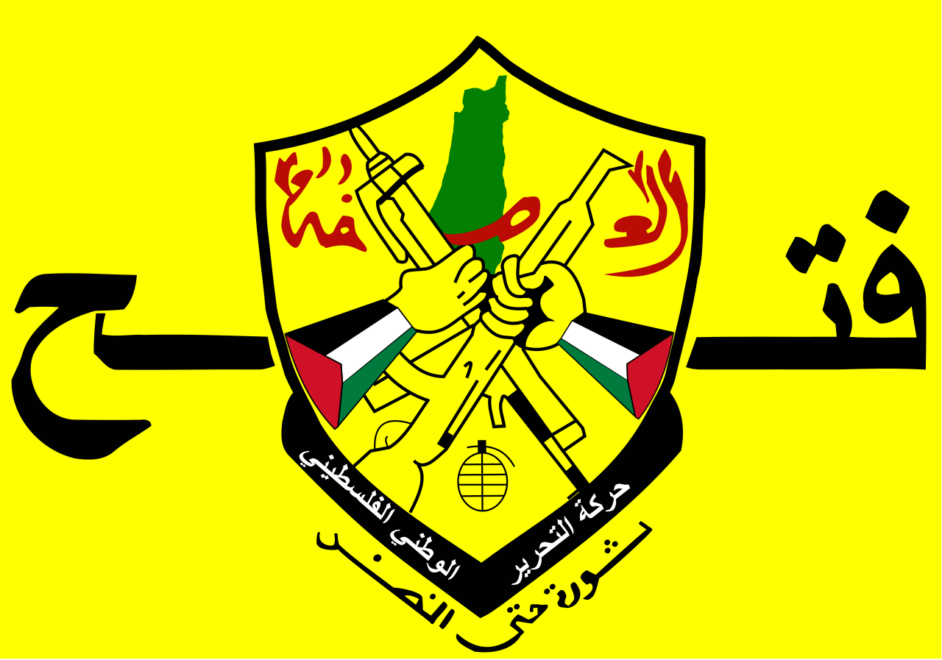
It was founded in 1958 by Yasser Arafat (who years later signed the Oslo Accords mentioned above). Since 2004, its president has been Mahmoud Abbas., who is also currently the head of the Palestinian National Authority. In the 2004 elections, Fatah positioned itself as the second political force in Palestine, winning 41.43% of the vote and 45 seats.
On a specialized portal Mapping Palestinian politics They explain that Fatah has experienced “internal conflicts throughout its history.” It took control of the Palestinian National Authority in 1996, but Palestinians view it as a corrupt party. Over the years lost much of its dominance after Arafat’s death and the defeat of Hamas in the 2006 parliamentary elections.
“Following the 2007 infighting, Fatah was weakened in Gaza and destroyed as a national movement. The party is further divided by internal rivalry between Abbas and Mohammed Dahlan, who now operates through a new organization called the Reform Movement. Democratic Fatah,” they add from Mapping Palestinian politics. At the beginning of its existence Fatah was also considered a terrorist organization for its attacks.. But over time they were abandoned, choosing a more diplomatic path.
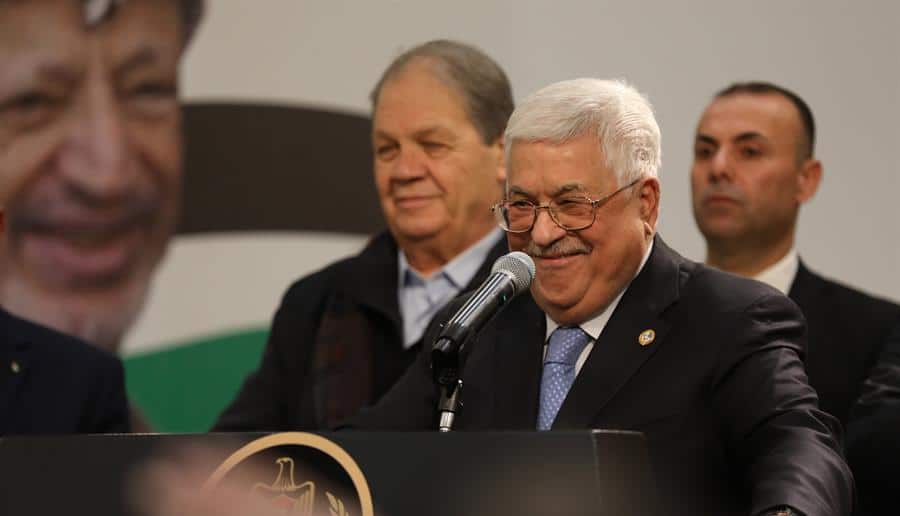
Other Palestinian political groups
Besides Hamas and Fatah, four other political parties achieved representation in the Palestinian parliament in 2006:

Popular Front for the Liberation of Palestine (PFLP). Founded in 1967, it was the third most voted political force in the elections with 4.25% of the vote and three seats. Its ideology is Marxist-Leninist and secular. It calls for the creation of a Palestinian state covering the entire historical region of Palestine. It has been in decline since the 1980s and is considered a terrorist organization by the EU and the US.

Alternative. Coalition of three parties. On the one hand, there is the Democratic Front for the Liberation of Palestine (FDLP), a breakaway party from the PFLP, created in 1969. On the other hand, the Palestinian People’s Party (PPP), founded in 1982 as the Palestinian Communist Party. And finally, the Palestinian Democratic Union (FIDA), a branch of the FDLP, founded in 1990 and adhering to a social democratic reformist ideology. Together they received 2.92% of the vote and two seats in parliament.
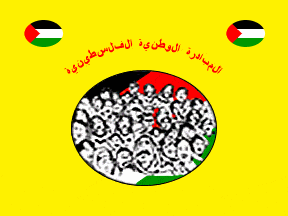
Independent Palestine. Created in 2002 by Mustafa Barghouti, who remains its leader. The party criticizes corruption in the Palestinian Authority and firmly advocates peaceful resistance to Israel. He proposes a two-state solution and the right of return for Palestinian refugees. He received 2.72% of the vote, giving him two seats. Over the years the movement changed its name and is now known as Palestinian National Initiative.
Third way. Founded in 2005 Salam Fayyada few months before the 2006 legislative elections, in which she won two seats with 2.41% of the vote. From 2007 to 2013, Fayyad served as Prime Minister of the Palestinian Authority. And during his mandate, he launched a program of Palestinian economic liberalization and institutional development.
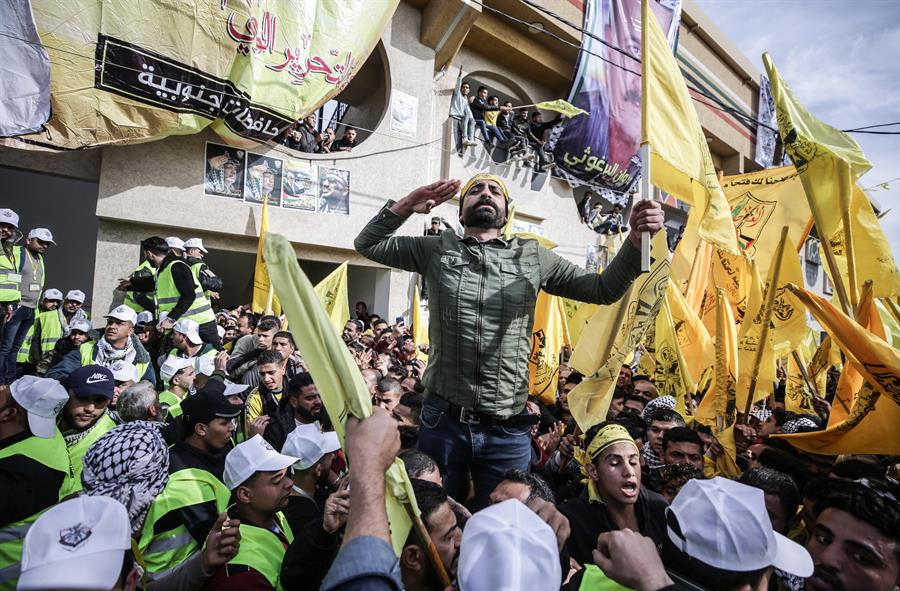
Palestine Liberation Organization
Although they are not political parties, there are two other Palestinian organizations worth mentioning due to its great historical significance.
On the one hand, the Palestine Liberation Organization (PLO). Created in 1964, it is a conglomerate of various political movements and parties. Since 1974, the Arab League and the UN have considered him the sole legitimate representative of the Palestinian people. But The situation changed after the signing of the 1993 Oslo Accords.. The PLO then promised to abandon the armed struggle and ceded its leadership to the newly created Palestinian Authority (PA).
Thereafter, the PA replaced and eclipsed the role of the PLO., despite the fact that theoretically the first is subordinate to the second. “The PLO remains very weak, and the Palestinian Authority, while appearing to be a developing state, lacks sovereignty, and Palestinians increasingly see it as serving the interests of the Israeli occupation rather than the aspirations of the Palestinian people,” they explain in Mapping Palestinian Politics.
The PLO consists of three bodies: the Palestinian National Council, the Central Council and the Executive Committee, which in turn elects the president. Today the organization is consists of 11 political parties, although its history is closely linked to Fatah., which gained increasing weight within the PLO over the years until its leader Yasser Arafat eventually took over. Its current president is Mahmoud Abbas, who is also the head of Fatah and the PA.
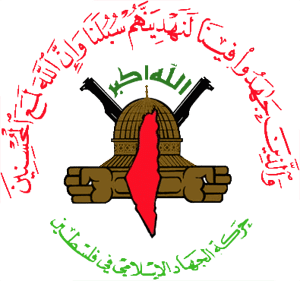
Islamic Jihad
On the other hand, there is the Palestinian Islamic Jihad (PIJ). Founded in 1981 in the Gaza Strip, it is a jihadist, Islamist and paramilitary movement that Its goal is to destroy Israel through armed confrontation. It is the second most powerful Palestinian armed organization after Hamas, and the EU and the US consider it a terrorist organization. But, unlike Hamas, it is not politically active.
Since 2018, it has been headed by Ziyad al-Nahala. In recent years, it has stepped up its activities in the West Bank. where he collaborated with other armed organizations. It fought in several wars in the Gaza Strip against Israel and was funded by Iran for many years.
Islamic Jihad, along with Hamas and other organizations such as Lebanese Hezbollah, is part of the so-called anti-Israel axis of resistance. Relations between the two Palestinian organizations are very close.although it experienced some tense moments when Hamas, which considers itself less radical, pressured Jihad to stop attacks on Israel.
YIP was not part of the attack that Hamas carried out against the Jewish state on October 7. But since then Yes, he participated in the conflict, launching several attacks on the Jewish country. Israel accused them of being responsible for a rocket that destroyed a hospital in the Gaza Strip and killed 500 people. But it is still unknown who was really behind this.
Source: El Independiente